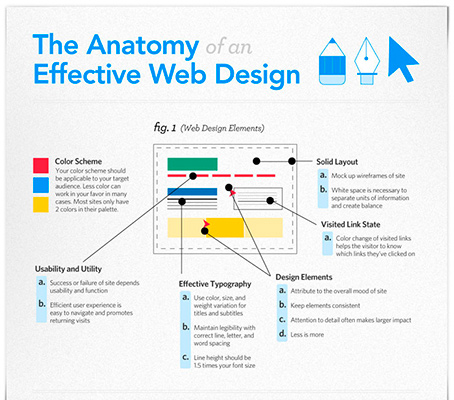Intrigued In Discovering How Internet Site Style Has Changed For Many Years? Check Out The Development From Basic, Uncomplicated Layouts To User-Centered Methods That Focus On The Requirements And Preferences Of Online Visitors
Intrigued In Discovering How Internet Site Style Has Changed For Many Years? Check Out The Development From Basic, Uncomplicated Layouts To User-Centered Methods That Focus On The Requirements And Preferences Of Online Visitors
Blog Article
Content Writer-Jonasson Bowles
In the past, web sites were easy and focused on details. Navigation was straight, and style was for desktop computers. Currently, individual experience is key. Information overviews styles for simple navigation. Responsive layouts match different tools. Today, dark setting minimizes pressure, and minimal food selections enhance navigation. Interactive functions involve customers, and bold visuals stand apart. read review enhances involvement. See just how layout has evolved to improve your on the internet journey.
Very Early Days of Web Design
In the early days of web design, simplicity reigned supreme. Sites were fundamental, with limited shades, font styles, and formats. The focus was on providing info as opposed to showy visuals. Customers accessed the internet through sluggish dial-up connections, so speed and performance were key.
Navigation food selections were straightforward, normally located at the top or side of the page. Internet sites were developed for desktop computers, as mobile surfing wasn't yet prevalent. Material was king, and developers prioritized very easy readability over complicated design aspects.
HTML was the key coding language utilized, and designers had to function within its restrictions. Computer animations and interactive functions were very little compared to today's requirements. Internet sites were static, with little vibrant content or personalized individual experiences.
Surge of User-Focused Design
With the evolution of site layout, a change in the direction of user-focused layout concepts has actually ended up being increasingly popular. Today, creating internet sites that focus on user experience is essential for involving site visitors and attaining organization objectives. User-focused design includes understanding the needs, choices, and behaviors of your target audience to tailor the internet site's design, content, and features accordingly.
Designers now conduct complete study, such as user studies and functionality testing, to collect understandings and feedback directly from individuals. This data-driven approach assists in creating instinctive navigation, clear calls-to-action, and aesthetically appealing user interfaces that resonate with site visitors. By positioning the individual at the center of the style process, web sites can deliver an extra customized and enjoyable experience.
Responsive style has additionally emerged as a vital facet of user-focused style, guaranteeing that internet sites are optimized for numerous tools and screen dimensions. This adaptability improves access and use, accommodating the diverse means individuals connect with internet sites today. Essentially, the surge of user-focused layout symbolizes a change in the direction of producing electronic experiences that focus on the needs and expectations of the end user.
Modern Trends in Web Design
Discover the most recent fads forming website design today. One prominent trend is dark mode style, using a smooth and modern-day look while lowering eye stress in low-light atmospheres. An additional vital trend is minimal navigating, streamlining menus and enhancing customer experience by focusing on essential elements. Including micro-interactions, such as computer animated switches or scrolling impacts, can develop a much more interesting and interactive website. Responsive style stays crucial, making certain seamless individual experiences across numerous devices. In addition, making use of vibrant typography and asymmetrical formats can add visual rate of interest and draw attention to details web content.
Integrating AI technology, like chatbots for consumer support or tailored referrals, improves individual involvement and improves processes. Ease of access has likewise end up being a significant fad, with developers focusing on inclusive design techniques to deal with diverse customer requirements. Embracing sustainability by maximizing website performance for rate and efficiency is an additional arising fad in web design. Teaming up with customer comments and information analytics to iterate and enhance layout continually is necessary for staying appropriate in the ever-evolving digital landscape. By embracing these modern patterns, you can create an aesthetically attractive, easy to use internet site that resonates with your target market.
https://seo-plugins-for-wix62739.blogdeazar.com/30036497/discover-the-vital-ideas-that-every-small-company-proprietor-ought-to-recognize-to-enhance-their-on-line-visibility-and-attract-a-larger-customer-base-with-using-neighborhood-search-engine-optimization
As you review the advancement of website layout from the very early days to currently, you can see just how user-focused layout has come to be the driving force behind modern fads.
Accept the trip of adjustment and adaptation in website design, always maintaining the user experience at the forefront.
Remain present with the latest trends and technologies, and never ever stop advancing your strategy to produce visually stunning and easy to use internet sites.
Progress, adapt, and produce - the future of web design is in your hands.
